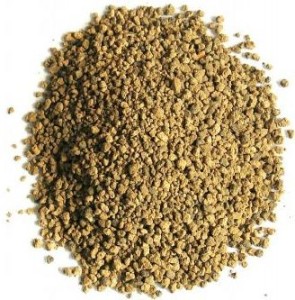Both lava and pumice are formed in natures’ most spectacular event, a volcano. Beneath the earth’s crust is a sea of molten rock which contains dissolved gas under high pressure. The molten rock breaks through in a violent and spectacular way in the form of a volcano where ever there is a weak spot in the earths’ crust.
In most cases the dissolved gas bubbles out of the erupting goo leaving a spongy mass. This process is sort of like what happens when you suddenly open a freshly shaken can of soda on a hot day. The spongy mass is of course, lava. Pumice is formed somewhat differently. The composition of the molten rock differs a bit from place to place and in some cases is less gooey and more solid. Here the ejected material partially solidifies before the dissolved gas can bubble out. The trapped gas then blows up the ejected material much like popping pop corn. The net result of these two processes is that lava is relatively hard and looks a lot like a sponge with relatively large pores. Pumice is somewhat softer and when looked at with a hand lens has relatively small pores.
All this is great but what does it have to do with bonsai soil? Adding these two materials to our bonsai soil mix has two obvious advantages. First is cost. Both of these products are about one fifth the cost of akadama and their use significantly reduces the overall cost of the soil. Secondly both of these products are relatively light in weight. Older formulations of bonsai soil called for gravel or decomposed granite as a significant part of the formulation. This meant that large bonsai trees were so heavy due to the weight of the soil that moving them became a major event.
The horticultural advantages of lava and pumice are far less obvious due to lack of valid test results. It is possible to speculate that the relatively hard and rough surface of the lava helps prevent the soil from becoming compacted due to erosion of the akadama and, to a lesser extent, the pumice. The pumice should absorb a little water which should help to keep the soil moist. Sadly there are no data to support either speculation.

